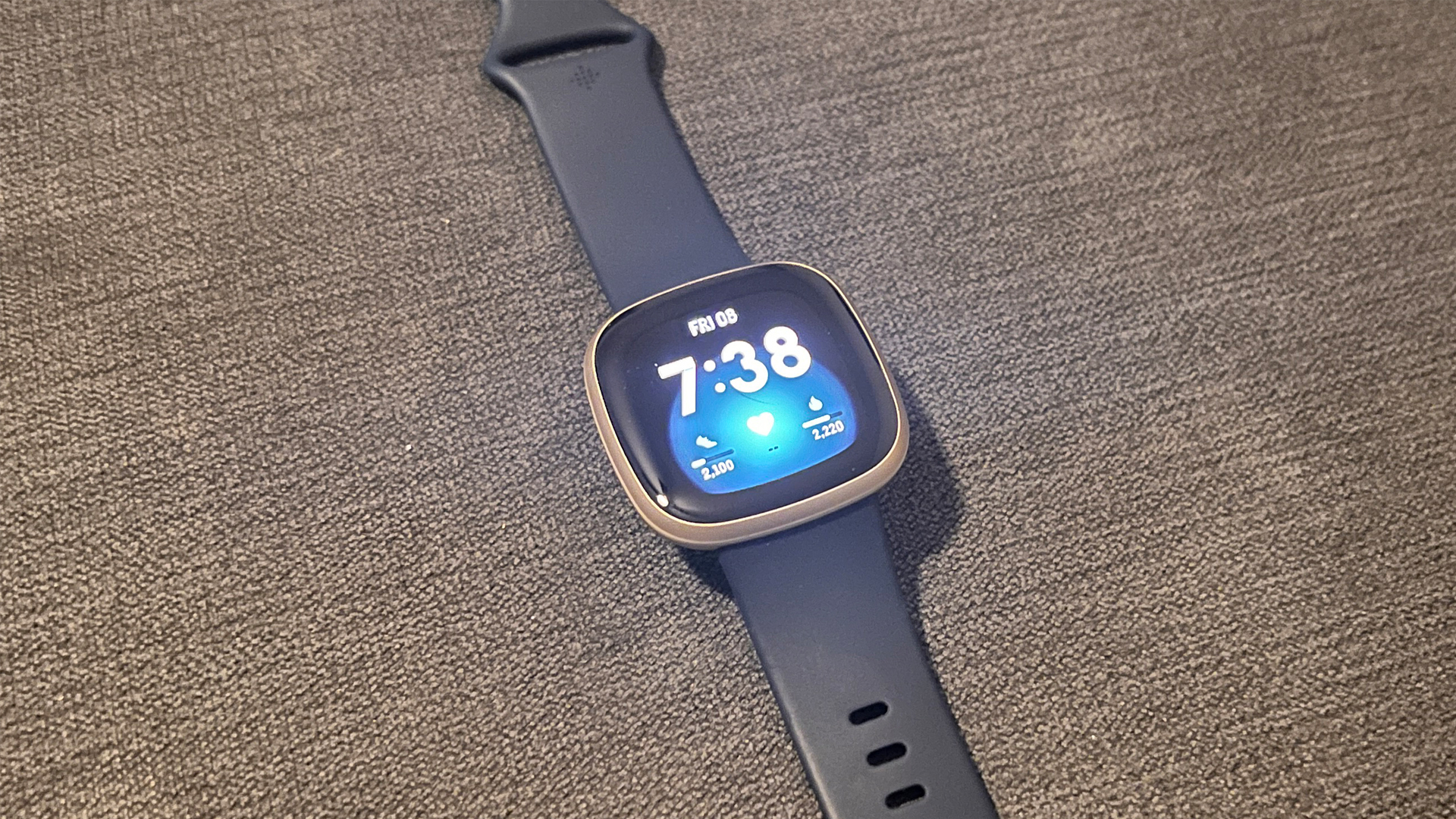Fitbit Versa 3 vs Versa 4: Which is better?
We pit the Fitbit Versa 3 vs Versa 4 to find out which model is the best value for money.

Fitbit’s range of trackers has grown over several years, and this means there’s a lot of overlap between what many of the company’s best fitness trackers offer.
Still, if you’re looking for the best Fitbit, we’d long held the view that the Fitbit Versa 3 was the one to go for. It offered many of the same features as the much more expensive Fitbit Sense at a significantly lower price, and it looked great too. Now, with a new version, the Fitbit Versa 3 vs Fitbit Versa 4 question makes things a little trickier.
The good news is that both smartwatches are great, but there are some subtle differences. So subtle, in fact, that the Versa 4 definitely feels more like an evolution than a revolution, and given how good the Versa 3 has been, that’s perhaps not the worst thing.
If you’ve got a Fitbit Versa in your sights and need to decide between the Fitbit Versa 3 and the Versa 4, we’ve got you covered with this guide, looking at differences in features, design, and pricing.
Which is cheaper?
The Fitbit Versa 3 made its debut in September 2020 at a not-insignificant price of $230/£199.99, but in the time since then it’s dropped to as low as $150 – putting it in direct competition with Fitbit’s own Luxe and Charge 5 trackers.
On the other hand, the Versa 4 arrived in September 2022 at the same price, but discounts have already seen it drop to the same price in Amazon’s Black Friday deals. If you can get the Versa 4 for $150, you’re likely to be very happy.

Which is more accurate?
This is a tough ask, because much of what you’ll find in the Versa 3 and Versa 4 are identical.
Get the world’s most fascinating discoveries delivered straight to your inbox.
Both offer excellent heart rate and Sp02 (blood oxygen) monitoring, as well as the usual cadre of step-tracking, calories burned, and distance. Unlike the Luxe, both the Versa 3 and Versa 4 offer GPS connectivity, so you can leave your phone at home (although not if you want to listen to music, as we’ll come to shortly).
The big reason to go for the Versa 4 over its older brother is Fitbit’s own repository of workout options. While the company has had options for running, swimming, hiking and more, there are now 40 options (doubled from the Versa 3’s 20 options) that include more equipment-oriented workouts like weightlifting, as well as new cardio options like dancing.
- Read more: Fitbit vs Apple watch
Which looks better?
When it comes to design, Fitbit hasn't changed a lot with the Versa 4, similarly to the Versa 3. That means both are packing their sensors and gizmos into essentially the same chassis as the Fitbit Sense and Sense 2.
The main difference is that, like the Sense 2, the Versa 4 offers a side button as opposed to the capacitive touch button on the Versa 3. It still functions the same, but is likely to be easier to press with sweaty hands.
The Versa 4 is also 1.2mm thinner than its predecessor, but weighs more by 2g, although it’s highly unlikely you’d notice either of those changes to its proportions.

Which model offers more features?
The main difference between the two models is in the eventual addition of Google Assistant. For those that weren’t aware, Google now owns Fitbit, which had led many to expect more traditional smartwatch features like third-party apps and deeper integration with your phone.
In reality, that hasn’t happened, and while it may do so in the future, at the moment it’s just Google Assistant that’s confirmed to arrive soon. On the plus side, Google Pay is already here, and it’s much better than Fitbit’s own version that you’ll find on the Versa 3.

Which is better for tracking workouts?
Aside from the increased workout options we touched on earlier, you won’t find anything on the Versa 4 that you can’t do on the Versa 3. The built-in GPS means things are plenty accurate, and the display is clear enough to be seen on a bright day.
Both offer Fitbit Premium for getting a little extra out of each workout, too, with guided programs for working out, resting, meditation/mindfulness, and sleep that contribute to a daily readiness score. The better your score, the harder you can safely push yourself.

Which has a better battery life?
Battery life is the same; six days of charge on both models. That’s a little less than Fitbit’s smaller trackers, but given the larger screen, it’s to be expected.
That’s still much further ahead than Apple Watch’s day-and-a-half to two-day battery life, though, although this device does more.
Verdict
While battery life, the majority of the features, and much of the design of the Versa 3 and Versa 4 are identical, the increased workout options and eventual addition of Google Assistant make the newer model worth picking up – especially considering the Versa 3 is over two years old.
With that said, we’d still look to pick it up with a discount wherever possible – the new features are so slim it’s tough to say whether they’re worth the price of admission.
Lloyd Coombes freelance tech and fitness writer for Live Science. He's an expert in all things Apple as well as in computer and gaming tech, with previous works published on TechRadar, Tom's Guide, Live Science and more. You'll find him regularly testing the latest MacBook or iPhone, but he spends most of his time writing about video games as Gaming Editor for the Daily Star. He also covers board games and virtual reality, just to round out the nerdy pursuits.



